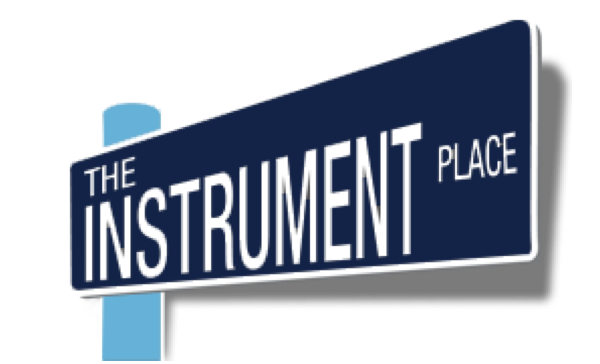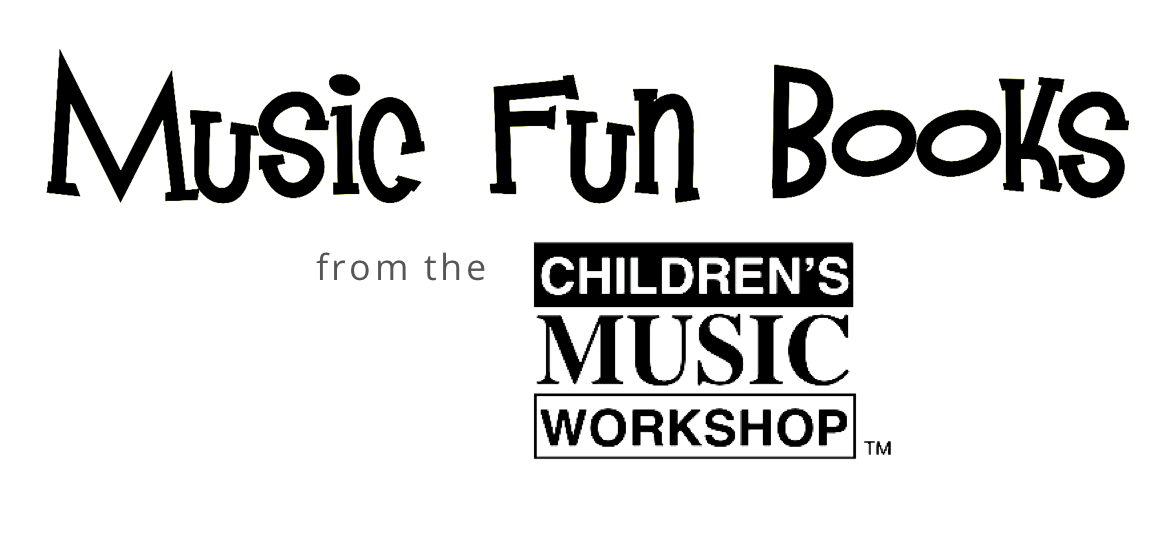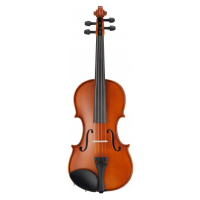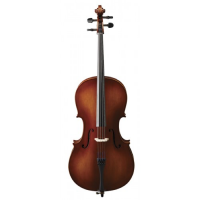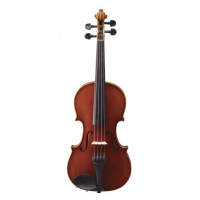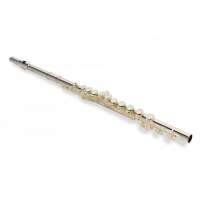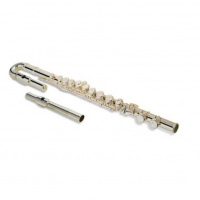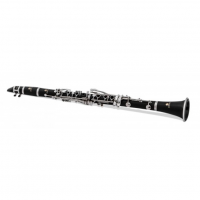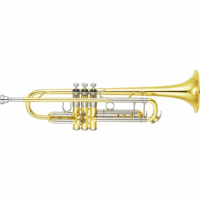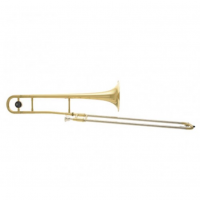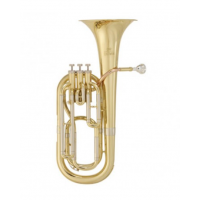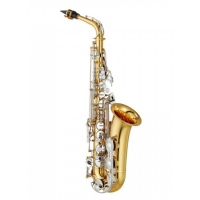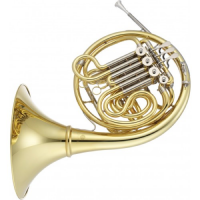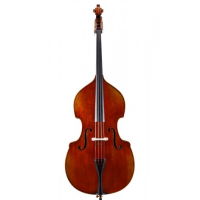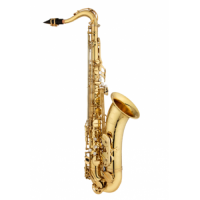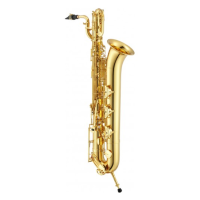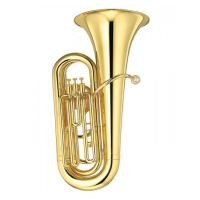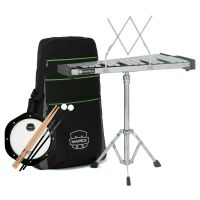History of the Saxophone
How well do you know the history of the saxophone?
The saxophone is a relative newcomer to the orchestra, having only just arrived in the last 150 years. It was developed by the man for whom the instrument is named: Antoine-Joseph (Adolphe) Sax, a Belgian-born luthier and musician of some renown.
The patent for the saxophone is shown in the registers for March 1846. However, the woodwind instrument was a project that Adolphe began many years before while toiling in his father's musical instrument shop. His father, Charles Sax, was an instrument maker who gave Adolphe excellent instruction in building instruments and the freedom to experiment with his own designs in the shop.
While a youth, Adolphe was a student of flute and clarinet at Brussel's Conservatory of Music. His observation of the balance of brass and woodwind instruments in musical composition and performance at the time led him to believe that there was a missing range that a hybrid woodwind and brass instrument might be able to fill.
Sax's experimentation with the bass clarinet led him to a design that married the single-reed concept of the woodwinds with metal materials, a conical bore and the ability to over-blow at the octave. When he showed this new instrument to the composer Hector Berlioz in 1841, the composer showered him with praise. Berlioz was later to write a glowing article in Paris' prestigious "Jounal des Debats" magazine outlining Sax's innovative design and what this could mean for the future of composed music.
Sax's concept of the saxophone family was quite a bit wider than just one instrument, however. His 1846 patent actually described 14 different versions of the saxophone ranging from F contrabass all the way up to E flat sopranino. In between were E flat contrabass, C bass, B flat bass, E flat baritone, C tenor, B flat tenor, F alto, E flat alto, C soprano and B flat soprano.
1844 and 1845 were busy years for the young inventor. Having moved to Paris in 1842, Sax put his energies towards popularizing his new creation. The 1844 Paris Industrial Exhibition was an important platform allowing him to show off its features. That same year saw the debut of Hector Berlioz's Chant Sacre choral work, which featured the saxophone prominently.
In 1845, Adolphe was able to convince the French military to replace the traditional french horns and bassoons used by military bands with Eb and Bb saxes. 1847 saw the founding of a dedicated saxophone school in Paris, three years to the month after the debut of Berlioz's Chant Sacre.
In 1866, Sax's original patent expired and other instrument makers began tinkering with the design and issuing versions of their own. One major issue with Sax's design was in the arrangement and function of the keywork. His design called for the use of a Treibert oboe arrangement for the left hand and a Boehm clarinet setup for the right, which made chromatic playing rather difficult. The next few decades saw a great deal of experimentation in adding new keys and creating alternate fingerings. Adolphe himself renewed his original patent in 1881 with several advancements, including a longer bell length and an extended range provided by a fourth octave key.
When Sax died in 1894, his business was continued by his son Adolphe Edouard, who saw one of the most exciting periods for the instrument unflower: the 20s jazz age. Saxophones were first heard just before World War I in jazz bands before really catching a wave of popularity in the 1920s. The Henri Selmer Company purchased Sax's factory in the late 1920s.
The Selmer instrument lineup is an interesting proxy of the latest in saxophone technology as the sax evolved over the 20th century. The original Selmer sax, the Model 26, looked something like a metal clarinet with a small bore. The 1930s "cigar cutter" saxes look quite a bit like saxophones today with their familiar bent-in-the-middle structure.
Using these instruments, Sigurd Rascher was able to make a quantum leap in the range of the saxophone. He devised and published new methods in the 1940s for playing tones in the altissimo register that increased the range of the sax by almost double.
Experimentation continued through the war and beyond to improve intonation, streamline fingering, increase the range of the instrument and improve its mechanics.
Today the sizable family of saxophones dreamed of by Adolphe Sax has been whittled down to just five: the soprano, alto, tenor, baritone and bass saxophones. Of these, the tenor and alto saxophones are the most favored instruments for sax players.
Famous Saxophone Players
The saxophone is thought of as mostly a jazz and big band instrument, but it is heard prominently in orchestral music and popular music as well.
Famous classical saxophone players include Daniel Kientzy, Claude Delangle, John Harle, Vincent David, Fred Hemke, Arno Bornkamp, Otis Murphy, Kenneth Tse, John Edward Kelly, Eugene Rousseau and Daniel Gauthier.
Well known jazz saxophone players include Charlie Parker, Sonny Rollins, Julian "Cannonball" Adderley, Kenny G., John Coltrane, Grover Washington Jr., Stan Getz, Eric Dolphy and Wayne Shorter.
In rock and pop music, top saxophone players include Clarence Clemons and Dick Perry.
